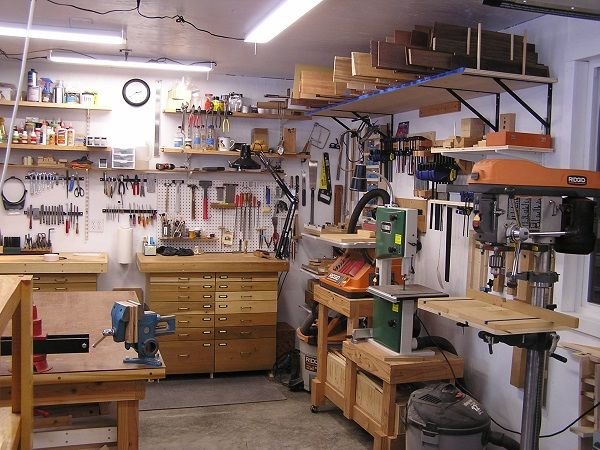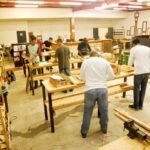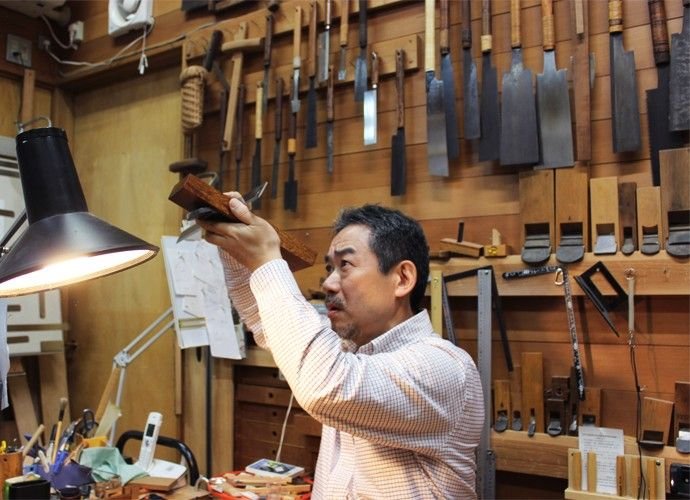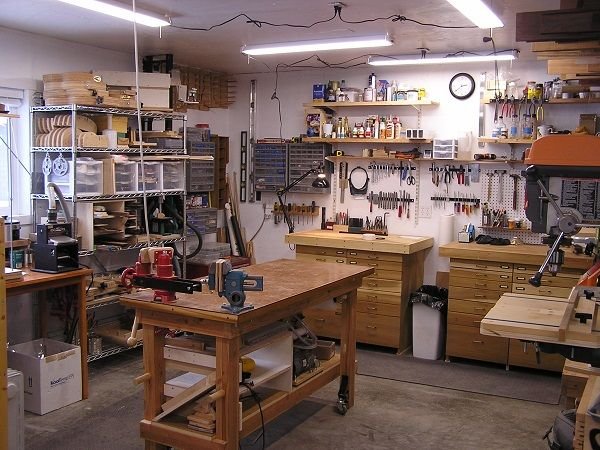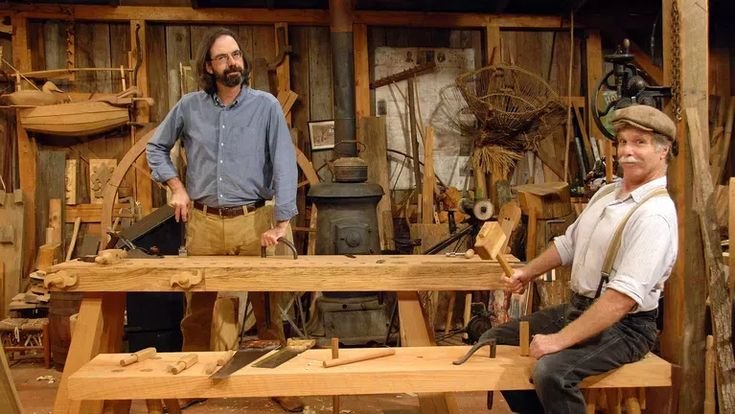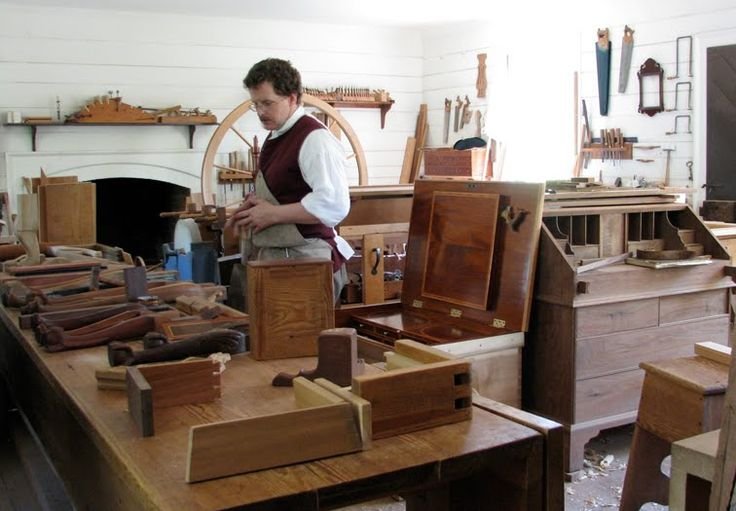Finding My Way with the Woodworker’s Edge Tool
You know, sometimes you find yourself in a situation where you can’t quite believe you’re staring at a chunk of wood, thinking, “How did I get here?” It was a rainy Saturday last spring, the kind where staying in feels like the only option. I was holed up in my garage with a half-finished coffee table—lovely oak, or at least it was when it was still in the store. But somehow, my vision was like a rough draft, all over the place. That’s when I first wrestled with what folks in the woodshop call edge tools.
I’d recently picked up this gorgeous edge sander. A Grizzly, if memory serves. You can feel the heft of it when you pick it up, and there’s something oddly satisfying about that, right? Makes you feel like a craftsman, even if you’re just faking it half the time. Anyway, I was excited. Lower the dust collection, flip the switch, and it roars to life—this sweet whirr that fills your ears like a soothing balm.
But on this particular day, the wood and I just weren’t communicating well. I mean, my plan was solid: I was going for this smooth, modern shape—I was picturing Instagram-perfect, with a glassy finish to dazzle my friends. I had the raw pieces laid out, sandpaper of various grits surrounding me like a small army, and I thought, “Easy peasy. Just run these edges through the sander.”
Oh boy.
Let me tell you, I almost gave up when the first try spat out this uneven side. I remember thinking, “What am I doing wrong?” The sander would catch the grain differently. One inch was as smooth as a baby’s behind, and the next felt like it had been dragged through gravel. And, goodness, I could feel my frustration boiling up. Why couldn’t I just get it right? I even had my dad’s voice ringing in my head, “Patience, son. Work with the wood, not against it.” Or something like that. Well, easier said than done!
After some deep breaths and perhaps a bit too much coffee, I decided to take a step back. I pulled out my trusty old chisel, a vintage Marples I’d restored, which has that beautiful patina from years of good use. I started trimming the edges by hand to keep some control. There’s something really primal about using a chiseling technique; it feels like you’re almost carving away history to discover a masterpiece buried within that piece of wood.
Oh, the smell of oak filling the garage—that rich, earthy scent that gets your heart moving. My favorite part is when you finally get it right, and you hear that quiet rasp of the blade gliding perfectly against the grain. It feels like a dance, almost.
But like any good story, there was a twist. I got so caught up in the chiseling that I lost track of time and space. Next thing I know, I had this gorgeous curve going on, yet it wasn’t supposed to be a curve. It was a flat table, for crying out loud! My wife peeked in, and I swear she stifled a laugh. “Is it a table or modern art?” she asked, and in that moment, I felt a wave of panic. All that time in the garage, and was it worth it?
Then, after some back-and-forth with myself—because sometimes personal pep talks can get a little ridiculous—I realized I had something unique on my hands. It wasn’t what I set out to create, but maybe it was better. I leaned into the imperfection. So, I decided to take a leap, embraced that unintended curve, and went on to make the rest of the design work with it.
That’s the thing, I guess. Half the battle in woodworking is accepting the mistakes. Honestly, isn’t that the beauty of building stuff? Whether it’s an accidental curve or a small gap that makes you cringe, it’s your story in that piece of wood, your lessons carved in ink (or rather, sawdust). Sometimes, mistakes lead to the best ideas.
After a long day of sanding, chiseling, and going back to the edge tool more times than I could count, I ended up with something I could be proud of. Folks came over, looked at it, and couldn’t quite tell it had started as a mighty battle with no clear winner. And, my goodness, when my neighbor shouted, “This is awesome, man!” I almost cried.
So, here I sit, coffee cup in hand, pondering over those moments, the mistakes, and the lessons learned. If you’re out there tinkering with wood and edge tools—don’t sweat it too much. You’ll mess things up. You’ll wrestle with tools, surfaces, and designs that just won’t come together. But if there’s one piece of wisdom I can pass along, it’s this: embrace the mess. It’s where the magic lives. If you’re thinking about trying this, just go for it. You might end up somewhere unexpected, and who knows? It could be even better than what you imagined.

